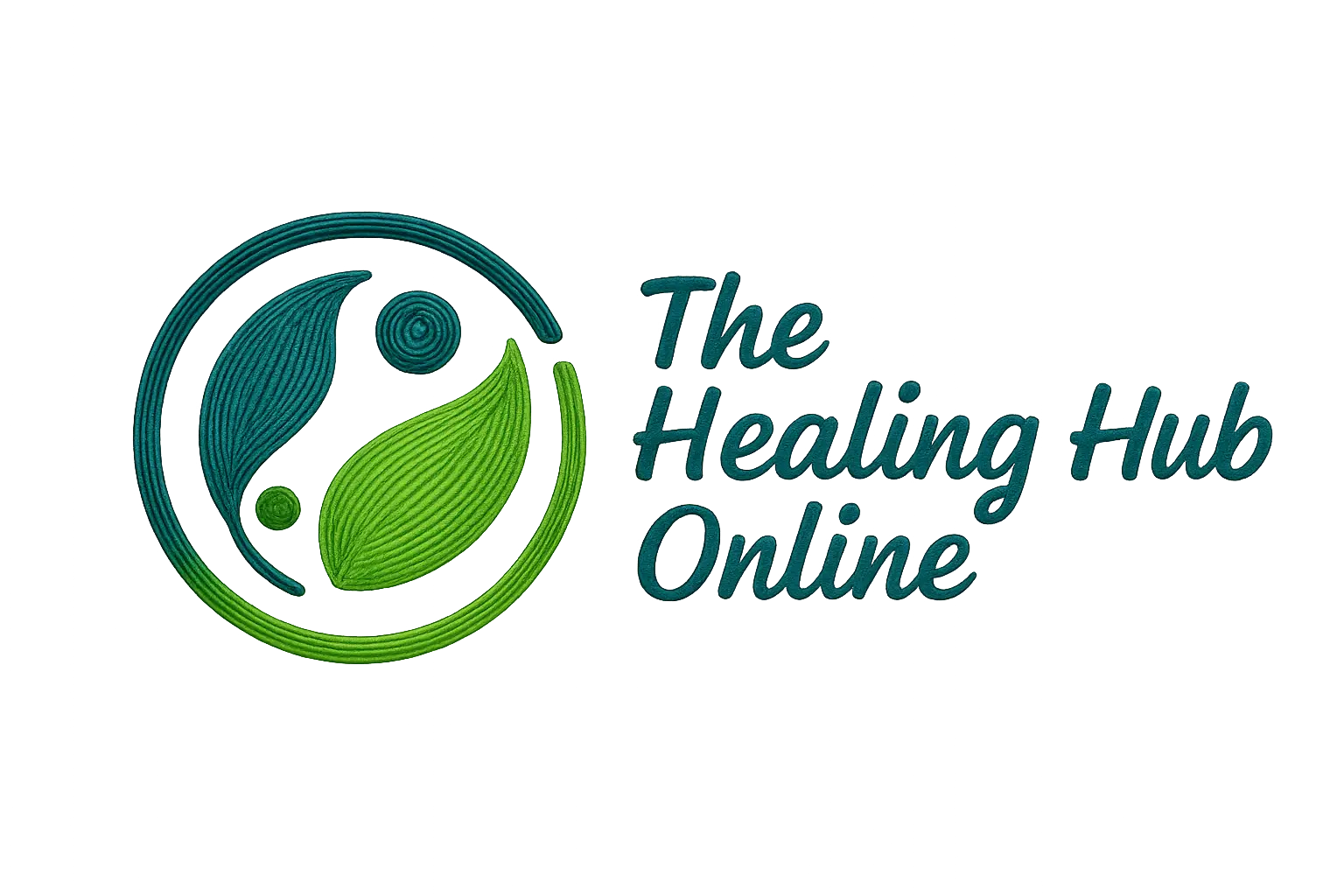
🔸 Understanding Anxiety: More Than Just Worry
An in-depth guide for anyone navigating anxiety—and looking for clarity, comfort, and healing.
🔹 What Is Anxiety, Really?
Anxiety is often misunderstood as just “worry” or “nerves,” but it goes far deeper. At its core, anxiety is a protective response from your nervous system. It’s your body’s way of preparing for danger—a built-in alarm meant to keep you safe.
But when this alarm system stays stuck in the “on” position, it becomes exhausting. It can hijack your body, thoughts, and emotions. Not because you’re weak, but because your system has learned to stay alert—sometimes for very good reasons.
“You’re not overreacting. Your nervous system is doing exactly what it was trained to do.”
🔹 Who Gets Anxiety—and Why?
Anyone can experience anxiety, but certain patterns and histories make it more likely:
🧬 Genetics & Biology: Some people are born with more sensitive nervous systems. Anxiety can run in families.
💥 Stress or Trauma: If you’ve experienced chronic stress, childhood adversity, or trauma, your body may stay on high alert.
🧠 Personality Traits: People-pleasing, perfectionism, and fear of uncertainty can keep the system cycling.
🌍 Environment: Unstable, chaotic, or overstimulating environments increase risk.
Anxiety isn’t a sign of weakness. It’s a learned response from a system that once had to adapt to survive.
🔹 How It Feels: Anxiety in the Body & Mind
Anxiety doesn’t live just in your thoughts. It lives in your nervous system. It can show up as:
Racing heart
Tight chest
Trouble breathing
Upset stomach
Sweaty palms
Irritability
Racing thoughts or complete shutdown
These symptoms are real—your body isn’t betraying you; it’s trying to protect you.
Anxiety is like an overactive smoke detector. It’s sensing danger, even when there’s no real fire.
🔹 Common Types of Anxiety
Anxiety is a broad term. Here are some common forms:
Generalized Anxiety Disorder (GAD): Persistent, daily worry about a wide range of topics.
Panic Disorder: Sudden episodes of intense fear and physical symptoms.
Social Anxiety: Fear of judgment or embarrassment in social settings.
Specific Phobias: Intense fear of certain objects or situations (e.g., flying, heights).
Health Anxiety: Obsessive worry about having or developing serious illness.
According to the ADAA, over 40 million adults in the U.S. struggle with anxiety—but only about one-third seek treatment. (Source: adaa.org)
🔹 Anxiety vs Fear vs Stress
Stress is a response to an external challenge (like deadlines or illness).
Fear is a reaction to an immediate threat.
Anxiety is a future-focused feeling of threat, often without a clear danger in sight.
Anxiety is the anticipation of what could go wrong—which is why it feels so hard to escape.
🔹 What Causes Anxiety to Persist?
Unresolved trauma keeps the system stuck in alert mode
Avoidance behaviors can reinforce fear cycles
Hypervigilance trains your brain to always scan for threat
Suppressed emotions and lack of self-soothing strategies
“Anxiety becomes the guard dog that won’t sit, even when there’s no intruder.”
🔹 Effective Treatments
🧠 Cognitive Behavioral Therapy (CBT)
Helps you challenge distorted thought patterns and build resilience
Somatic Therapies
EMDR, Somatic Experiencing, and Polyvagal Therapy help release stored body tension
📈 Medication
SSRIs, SNRIs, and short-term anti-anxiety meds can regulate brain chemistry
🌿 Daily Regulation Tools
Breathing techniques (4-7-8, box breathing)
Gentle movement (yoga, tai chi)
Grounding tools (5-4-3-2-1, sensory anchors)
Sleep, nutrition, hydration, and caffeine reduction
“Healing isn’t about never feeling anxious again. It’s about knowing how to come back to calm.”
🔹 What’s the Prognosis?
Anxiety is highly treatable.
With support, most people experience significant relief. While anxiety may not vanish entirely, it becomes something manageable—a signal, not a storm.
Some experience complete remission
Others develop tools to return to balance quickly
Healing is often non-linear—and that’s okay
🌟 Final Thoughts
You are not broken. You are not weak. Your system is doing exactly what it was designed to do—it just needs help resetting.
There is nothing wrong with needing support. Here at The Healing Hub Online, you’ll find calm tools, helpful insights, and gentle guidance toward something quieter, safer, and more self-connected.
“You don’t have to be fearless to move forward. You just need to feel safe enough to take one small step.”

